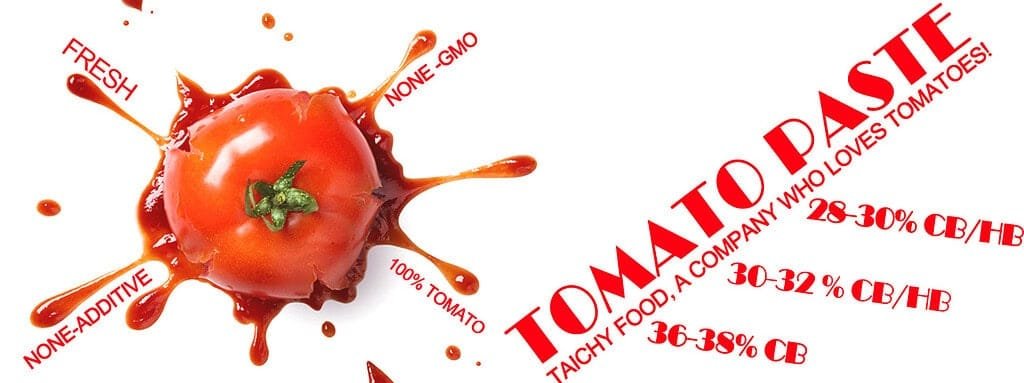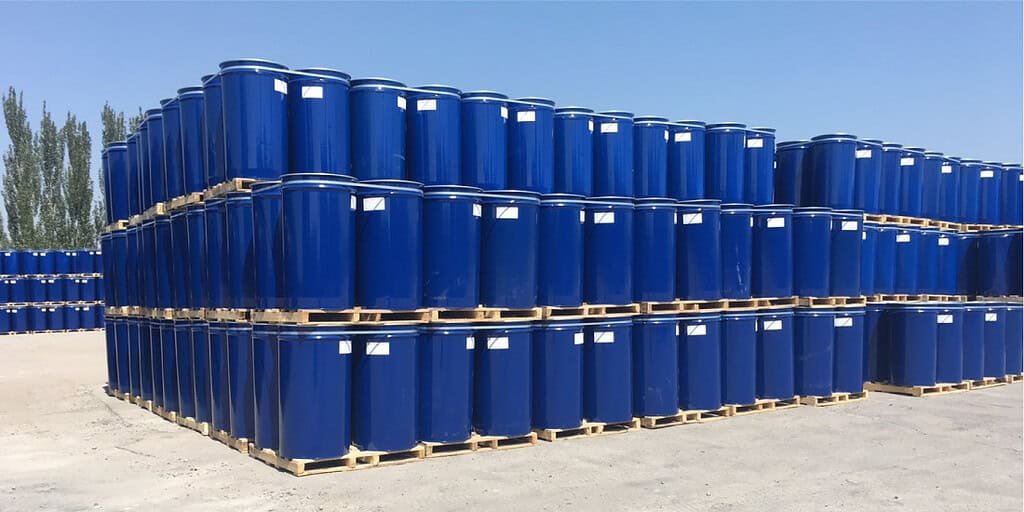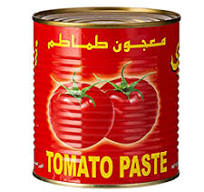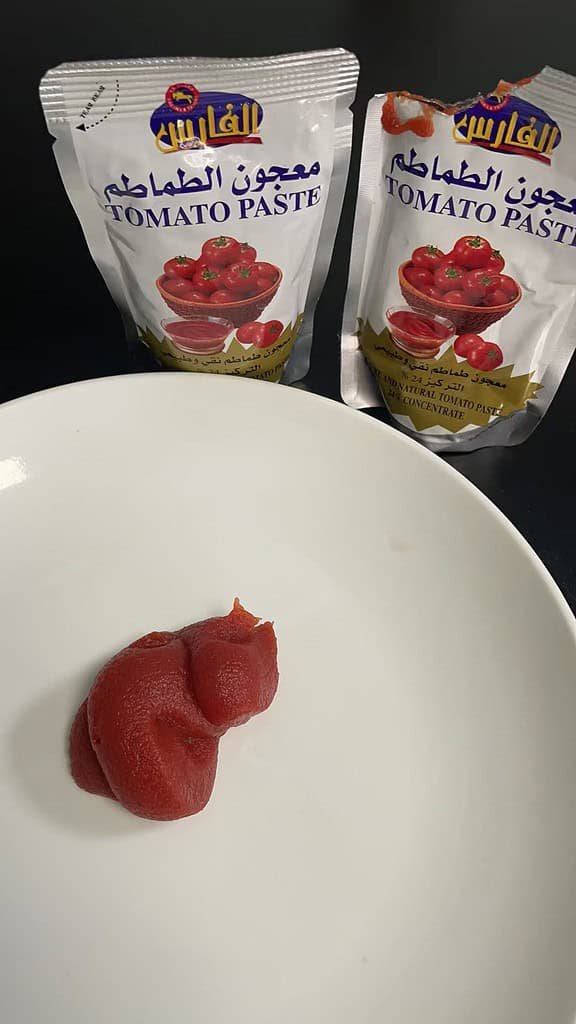
Leading China Tomato Paste Manufacturer & Exporter
Supplying drum, canned, and sachet tomato paste to 70+ countries with OEM services.

“Taichy Food Trade Co., Ltd specializes in tomato pastemanufacturing and export. With ISO, HACCP, and Kosher certifications, we supply 28–30 ,30-32 and36–38 Brix tomato paste with 240 kg per drum to markets in Africa, the Middle East, and the Russian .We have achieving Top 3 sales performance for Three consecutive years In russia and centra Asia
Product Overview

1. Drum Tomato Paste (220L / 1000L)
Description: High-quality drum tomato paste ideal for industrial use, packed in 220L steel drums and 1000L aseptic bags for export.
Purchase guide: Buyers-guide-for-drum-tomato-paste
Link: Drum-Tomato-Paste

2. Canned Tomato Paste (400g / 2.2kg)
Description: Premium canned tomato paste for retail and catering, available in 400g and 2.2kg tins with rich color and pure tomato flavor.
Purchase guide: Buyers-guide-for-canned-tomato-paste
Link: Canned-Tomato-Paste →

3. Sachet Tomato Paste (70g / 50g)
Description: Convenient sachet tomato paste for household and food service, easy to use and perfect for daily cooking needs.
Purchase guide: Buying-guide-for-small-pack-tomato-paste-sachet
Link: Tomato-Paste-In-Sachet →
Export Strength & Certifications
Global Trust. Proven Quality.
With over 20 years of expertise in tomato paste production, Taichy Food has become one of the leading Chinese exporters, supplying 70+ countries worldwide.
Our factory is certified by ISO, HACCP, KOSHER, and HALAL, ensuring every batch meets the highest international food safety and quality standards.
Key Facts:
🌍 20+ years of manufacturing experience
🚢 Exporting to over 70 countries across Asia, Africa, Europe, and the Americas
🏭 50,000MT annual production capacity
✅ Strict quality control with global certifications
Technology & Packaging Section
High-Quality Production Technology
We produce 28–30 Brix ,30-32 Brix and 36–38 Brix tomato paste using advanced aseptic processing technology, ensuring consistent quality, rich color, and extended shelf life without preservatives.
Our production line is fully automatic, from sorting and evaporating to aseptic filling, meeting ISO, HACCP, and HALAL standards.
Reliable Packaging Solutions
We offer various packaging options to meet industrial and retail needs:
🛢 220L steel drums with aseptic bag
🧊 1000L IBC (Intermediate Bulk Container) for bulk buyers
🥫 Cans (400g / 2.2kg) for retail and catering
💧 Sachets (70g / 100g) for daily household use
All packages are designed for safe transport, long-distance shipping, and easy handling at destination.
Recommended Articles

Drum Tomato Paste – Wholesale Supply & Custom Packaging-Taichy Tomato
Introduction to Drum Tomato Paste and tell you how to used ,choose ,store, hs code ,cb or hb of tomato paste information . Click Here To read Drum-tomato-paste-wholesale-supply-custom-packaging

Analysis of China’s Bulk Tomato Paste Export Trends and Future Outlook (2025–2026)
This article tell you the trend of tomato paste price ,and help you to make a better decision of when should i purchase tomato paste .Click Here TO Read Analysis-of-chinas-bulk-tomato-paste-export-trends-and-future-outlook-2025-2026
Read the Latest Blog. Click here… News
Connected with us

If you are our Client ,please connected with us through the info@taichysupply.com or Whatsapp ,We will arrange the professional people to connected with you .If you also need some information about the tomato paste for freshment ,you can also send .We will glade to help you to find a suit tomato paste .